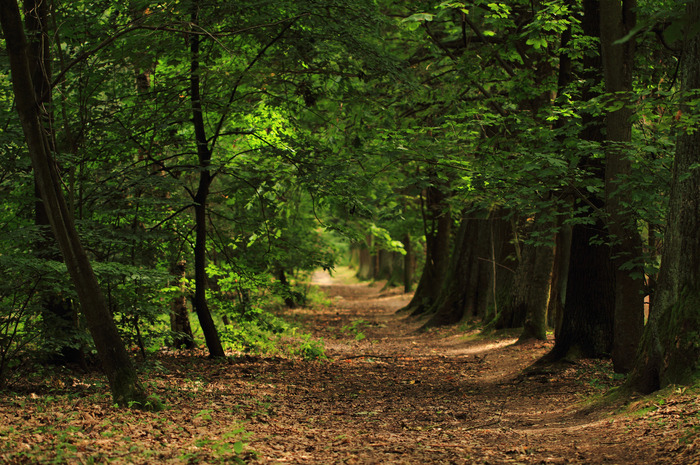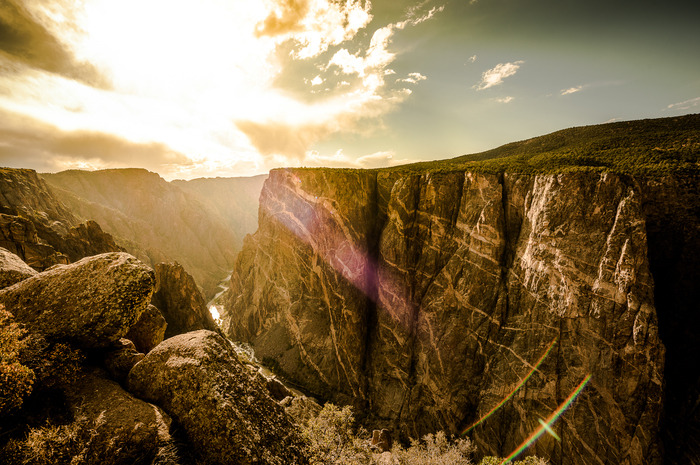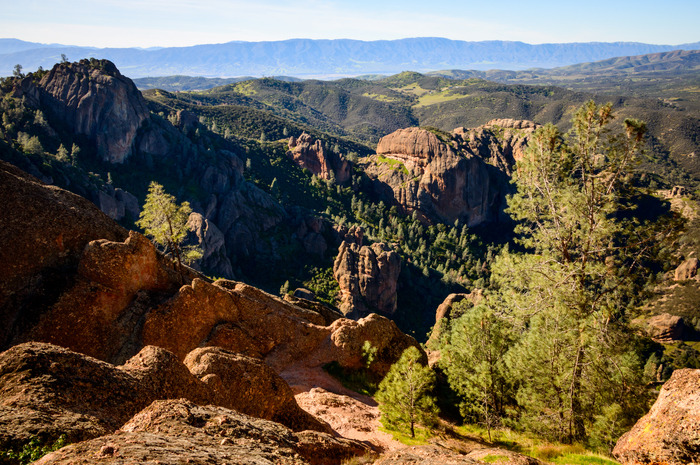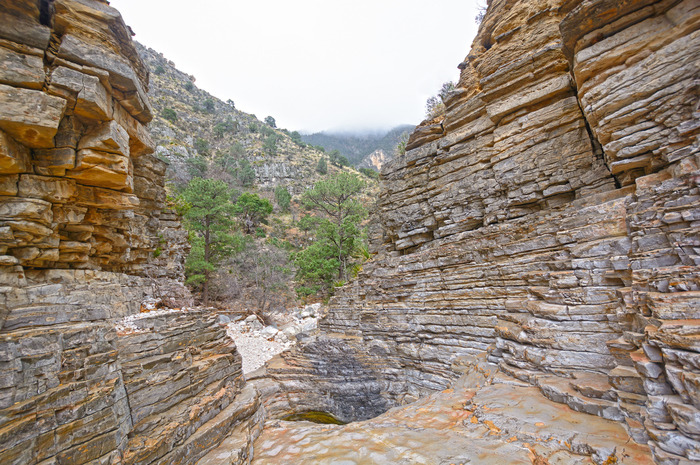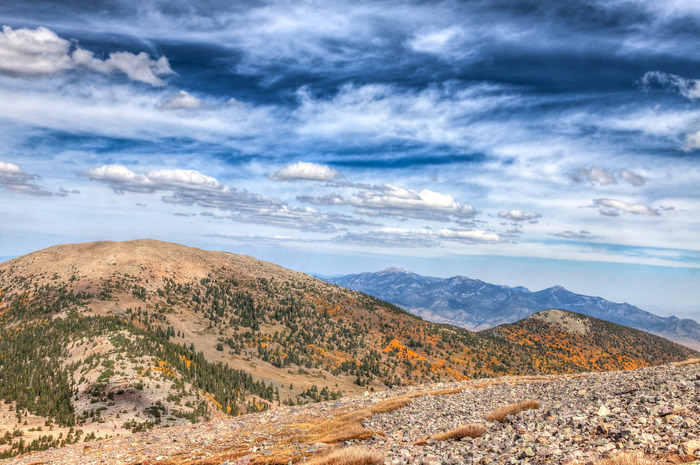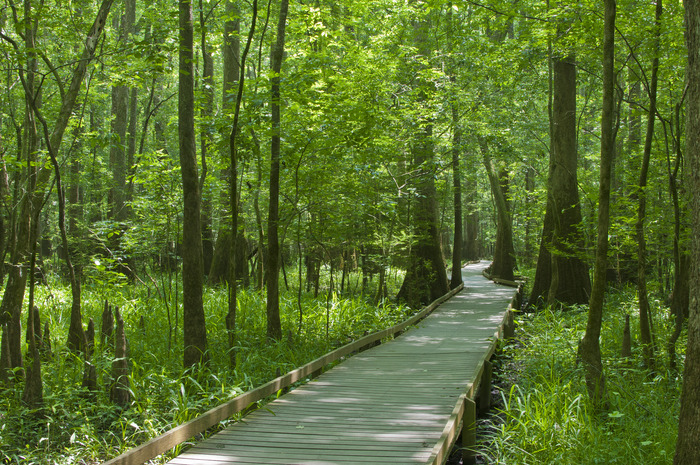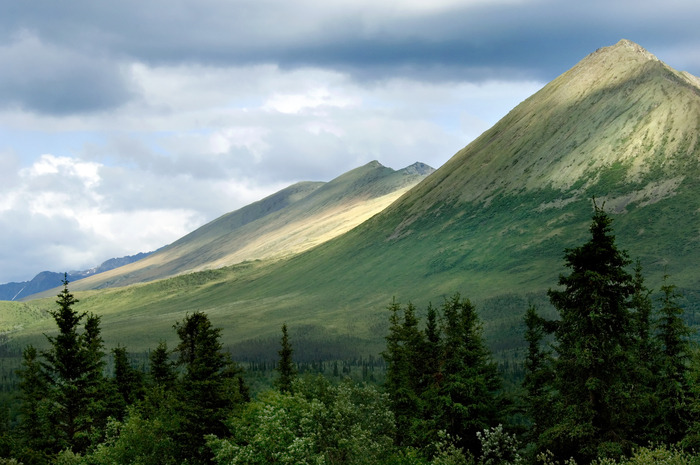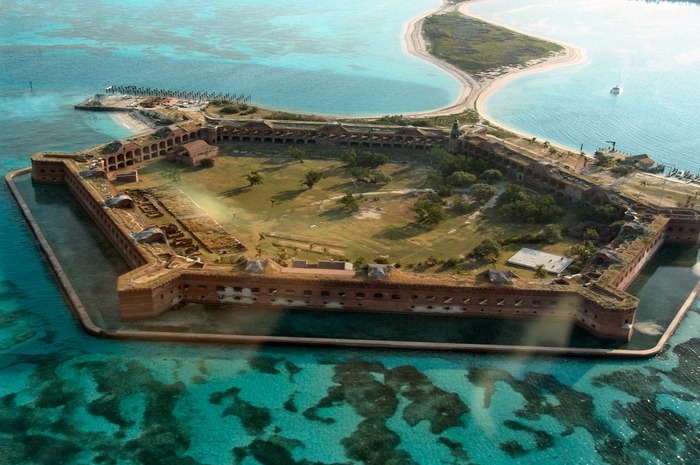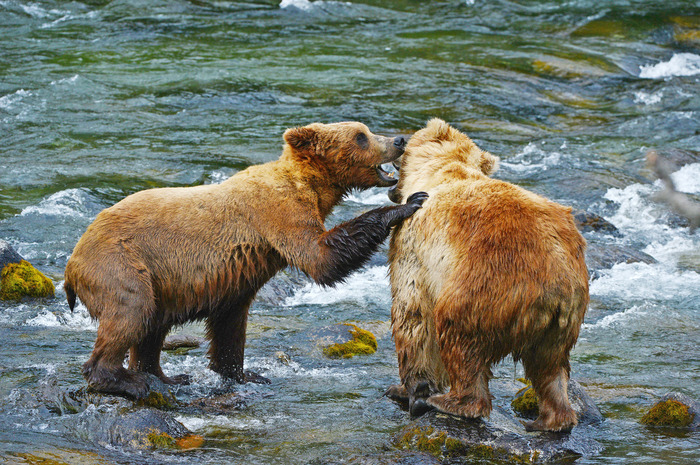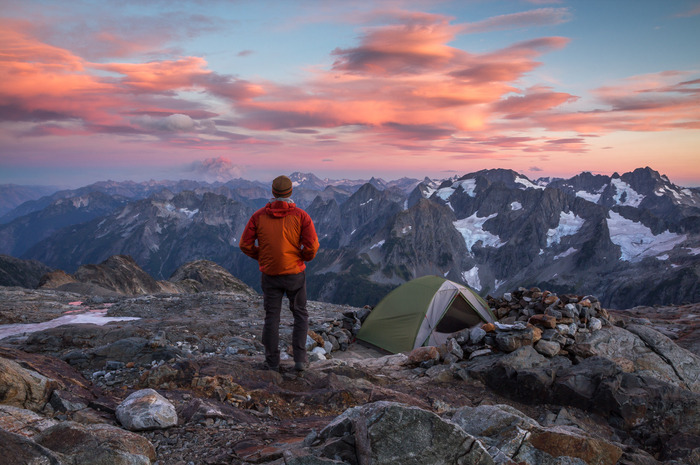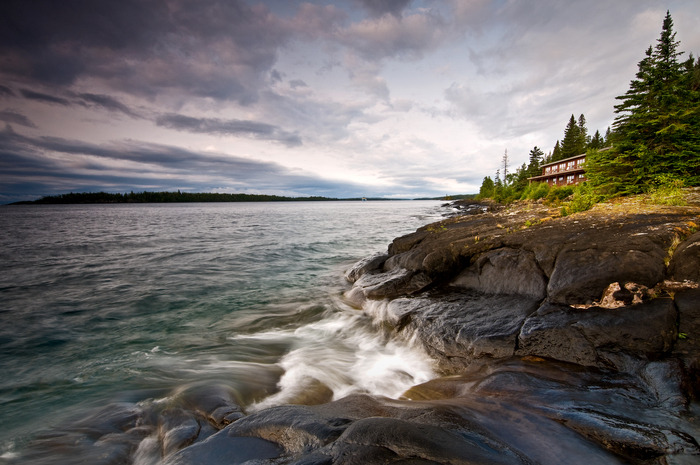Least Visited National Parks In 2015
No doubt you've heard of the Great Smoky Mountains, the Grand Canyon and Yosemite. They were among the most visited national parks in 2015.
Last year, more than 307 million people went to all 59 national parks, a new record. But less than 1 percent of them went off the beaten path.
"It's bit harder to determine the least visited park units as some of the smallest NPS units do not record visitation," according to Jeremy Barnum, a public affairs officer at NPS.
Brush up on your backcountry skills and survival tactics. Take a look at this list, based on NPS data, so you know where to go next time you have some free time and you don't like crowds.
Black Canyon of the Gunnison National Park, Colorado
Number of visits in 2015: 209,166
The park is open year-round. What attracts visitors can be considered quite dangerous, which may explain why the park is in this list. Black Canyon has some of the steepest cliffs, oldest rock, and craggiest spires in North America. There are no maintained or marked trails into the inner canyon. In the summer, the canyon is notorious for poison ivy, but there are no poisonous snakes.
Pinnacles National Park, California
Number of visits in 2015: 206,533
This is America's newest national park. It was added in 2013. "Born of Fire," according to NPS. About 23 million years ago multiple volcanoes erupted, flowed, and slid to form what would become Pinnacles National Park. Travelers explore oak woodlands and canyon bottoms. You get a chance to go into rare talus caves (see the coolest in the world) and emerge to towering rock spires. There are over 30 miles of hiking trails for all levels and hundreds of routes of rock climbing (Best places to go rock climbing).
Guadalupe Mountains National Park, Texas
Number of visits in 2015: 169,535
Guadalupe Mountains National Park is the world's premier example of a fossil reef from the Permian Era from 265 million years ago, according to NPS. Back then a vast tropical sea covered much of the region. Today, it's a barren desert. People who go there appreciate the park's extensive hiking and backpacking opportunities. After all, this hidden gem is Texas one of the country's most pristine wilderness areas. There are just two campgrounds in the park.
Great Basin National Park, Nevada
Number of visits in 2015: 116,123
Visitors venture to Great Basin National Park for their caving, biking, birdwatching, camping, climbing, fishing, hiking, backpacking, horseback riding and wildflower viewing. Explore the beautiful marble Lehman Cave and become a citizen scientist. Help ecologists identify old and new species by participating in our yearly BioBlitz program. The Great Basin is where you'll experience some of the darkest nights in the world.
Congaree National Park, South Carolina
Number of visits in 2015: 87,513
Motorized transport is prohibited in the Congaree wilderness; you have to travel into the swamplands by foot or canoe. This is not suitable for everyone which is perhaps why the park has had fewer visitors. Waters from the Congaree and Wateree Rivers sweep through a floodplain, creating wetlands, oxbow lakes, and sloughs that provide a swampy home for the largest intact expanse of old growth bottomland hardwood forest remaining in the southeastern U.S.
Wrangell-St. Elias National Park and Preservation, Alaska
Number of visits in 2015: 80,366
Wrangell St. Elias is America's largest National Park. According to the NPS, it "rises from the ocean all the way up to 18,008 ft. Mount St. Elias." It's bigger than Switzerland as it stretches from one of the tallest peaks in North America to the ocean. The park's remote backcountry is pure wilderness. You will find some of the largest volcanoes in North America in Wrangell St. Elias (The most dangerous volcanoes on Earth). Glaciers cover over 25 percent, or approximately 5,000 square miles, of the park.
Dry Tortugas National Park, Florida
Number of visits in 2015: 70,862
Dry Tortugas National Park is accessible only by boat or seaplane, which may explain why it had just over 70,000 recreational visits in all of 2014. The park comprises mostly open water around seven small coral reef islands in the Gulf of Mexico. Lying some 70 miles of open sea west of Key West, 19th century Fort Jefferson is the centerpiece, surrounded by blue waters so you can snorkel with incredible marine life.
Katmai National Park and Preservation
Number of visits in 2015: 37,818
Katmai is home to the world's largest protected population of brown bears (See how to stay safe). The massive predators are spread out along the coastal areas most of the year, but in the summer they head inland to feed on huge runs of spawning salmon. The most popular destination is definitely the Brooks Camp: It offers bear viewing, sport fishing, scenery, and rich history. Katmai is a remote fly-in-only park. The park and preserve remains an active volcanic landscape and is wide open for exploration.
North Cascades National Park, Washington
Number of visits in 2015: 20,677
The park is not too far from Seattle and it has everything any person living in a big city can want – serenity, alpine lakes, more than 300 glaciers, lavish forest...(Spectacular Rainforests Around the World). Camping and backpacking are some of the favorite activities of the people who visit the park. They also like it because it's not crowded at any time of the year. Conditions from October to May can close roads and facilities.
Isle Royale National Park, Michigan
Number of visits in 2015: 18,684
"Your Invitation to a Superior Wilderness Experience," as NPS says. This lesser-known national park is a secret gem for kayaking. It has many lakes, bays, and islands waiting to be explored. Isle Royale is the largest island in the largest fresh water lake in the world. The park is a rugged, isolated island, far from the sights and sounds of civilization, which is something many people prefer. "[The park] should definitely be getting more attention," Nabors says. You get miles of hiking trails and dozens of backcountry campsites. You can even go scuba diving and explore the most intact collection of shipwrecks.
